Home " Avoiding falls in old age
Avoiding falls in old age - what to do?
60% of all falls happen at home, and older people in particular are unfortunately overrepresented. A fall increases the risk of needing care.
However, there are many helpful measures you can take to make your home safe so that you can live there for as long as possible, which significantly improves your quality of life. An important first step is to remove obstacles and tripping hazards. In this article, we take a look at five suitable measures you can take to prevent falls in old age within your own four walls.
Contents
Reduced quality of life due to fear of falling
A fall and the possible long-term consequential damage or injuries can have a huge impact on quality of life. Those affected are often very restricted in their mobility after a serious fall and, in the worst case, require care from a nurse.
The fear of falling again can also significantly reduce not only quality of life but also independence, as the risk of falling again increases.
This results in a kind of vicious circle: the fear of falling reduces physical activity, which in turn leads to muscle loss. At the same time, this increases the risk of falling.
What are the risk factors?
Advancing age is of course one of the most important risk factors for falls, both on level ground and on stairs. As we get older, our nerves and brain also age and balance problems occur more frequently. At the same time, strength and coordination deteriorate more and more. Increasing visual impairment and hearing loss also impair orientation.
It can also happen that the sense of touch in both the legs and feet deteriorates. This can lead to the brain no longer knowing exactly whether you are standing upright or on uneven ground. If the brain can no longer distinguish this properly, there is an increased risk of falling as it can no longer give the legs the correct command to stand up straight.
An important risk factor that should not be ignored is the side effects of medication that can affect the sense of balance. Special care must be taken with antidepressants, prostate medication. Antidiabetics (e.g. insulin) as well as blood pressure, pain and sedative medication.
External risk factors are added to this list. If trip hazards within your own four walls such as missing handrails, carpet edges, electrical and telephone cables and poor lighting are identified and eliminated, this can significantly reduce the risk of falling.
We will also look at the tips and tricks you can use to reduce the risk of falling.
Stay active
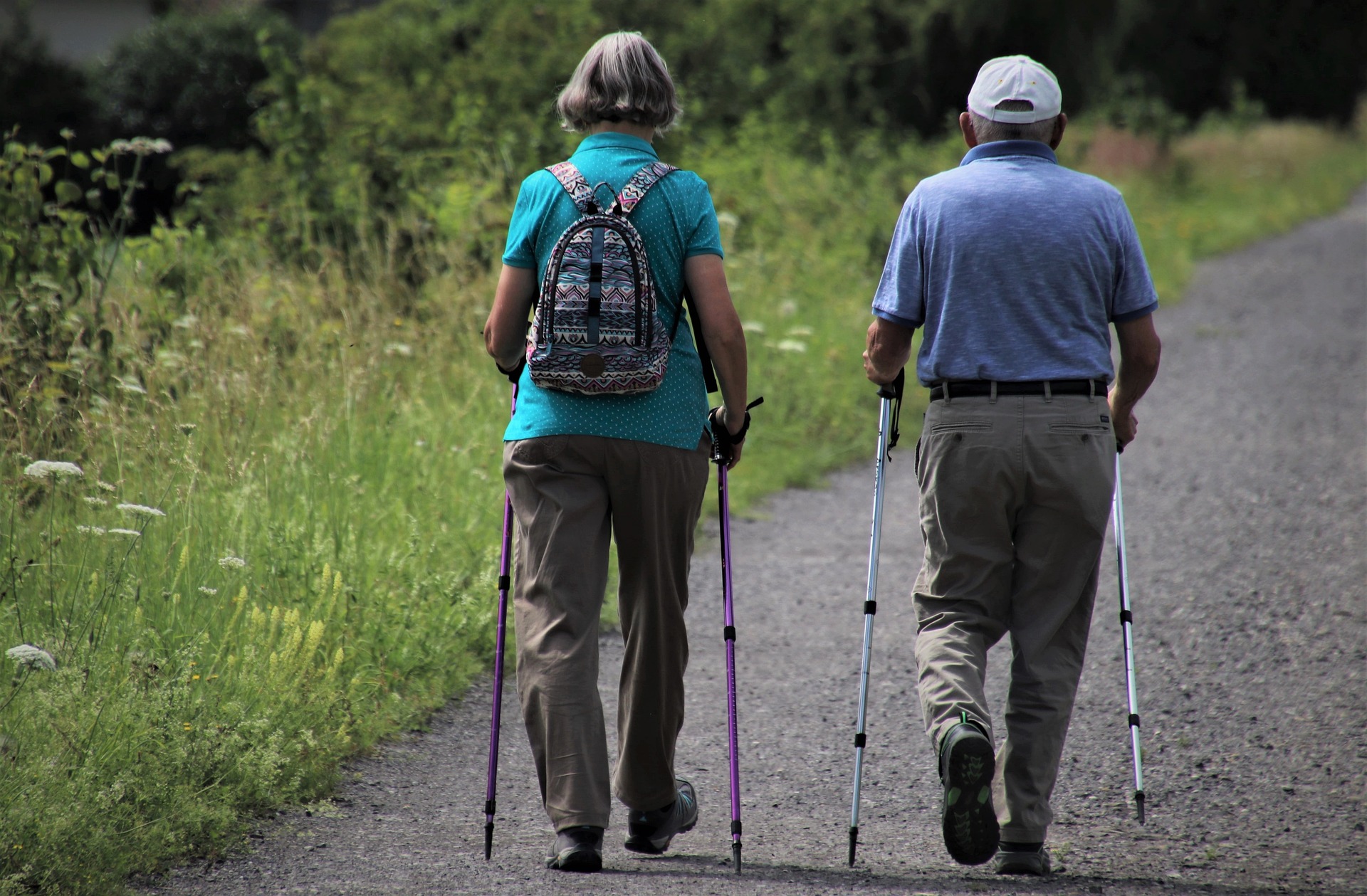
One of the best ways to prevent falls in old age and maintain good health is to use your body and keep it moving. Studies show that even very slow walks significantly reduce the risk of premature death. Short walks, gardening, vacuuming or a stroll around town can be enough to keep you active and healthy.
A study conducted among 36,000 people in Norway, Sweden, England and the USA shows that continuous stair climbing at home also helps to reduce the risk of falling and maintain health and well-being.
To prevent falls in old age and to maintain your health and well-being, it is therefore important to keep moving for as long as possible. This also significantly increases your quality of life and can minimize an increased risk of falling.
Sign up for balance training
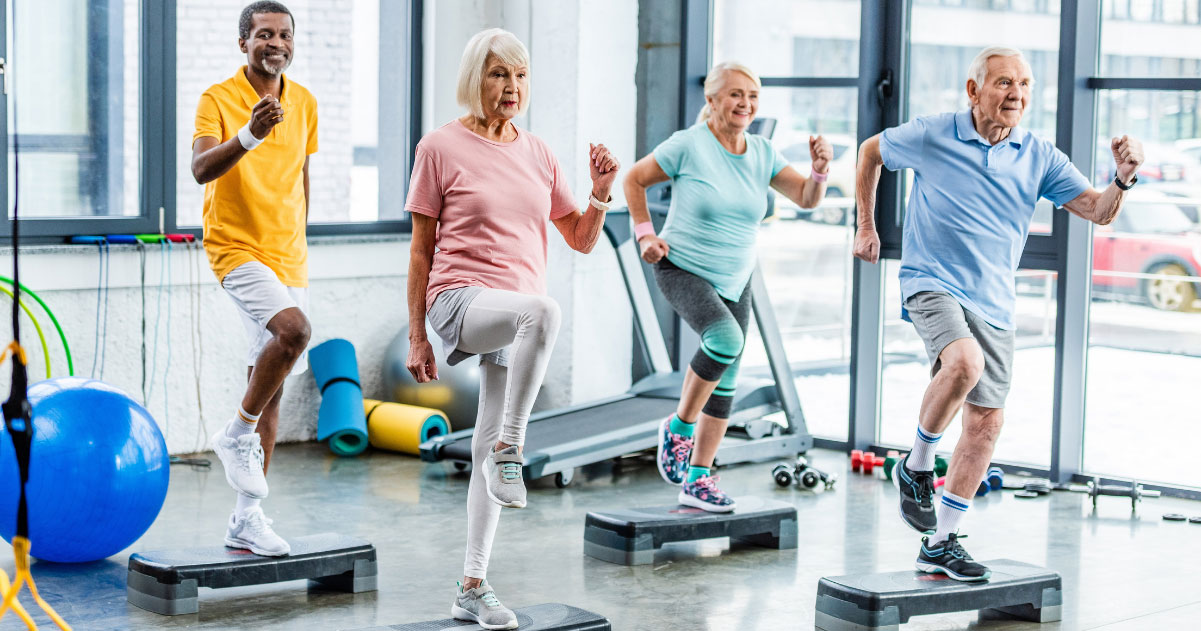
Balance training is a measure that has the greatest effect on preventing falls in older people and can reduce the risk of falling.
More and more municipalities and other organizations are offering courses and regular training programmes for older people. One of the aims is that more people should be able to maintain their health independently and prevent falls in old age. This delays the need for care, which in turn leads to more independence in everyday life. It may also reduce the fear of falling.
Get in touch with your adult education center or local sports association and ask about courses for seniors, such as senior gymnastics or balance training!
Light

Most falls in old age happen within your own four walls. It is therefore important that your home is adequately lit. The more your home is lit, the less likely you are to trip over objects that may otherwise be difficult to see:
- Place nightlights next to the bed if you have to go to the bathroom at night.
- Make sure that light switches are easily accessible or set up wireless light switches so that you can place them where you need them.
- Switch on the light when you climb the stairs. Also consider illuminating the stairs - for example with LED strips.
- Keep a flashlight in the bedside drawer in case the power goes out.
Carpets and shoes
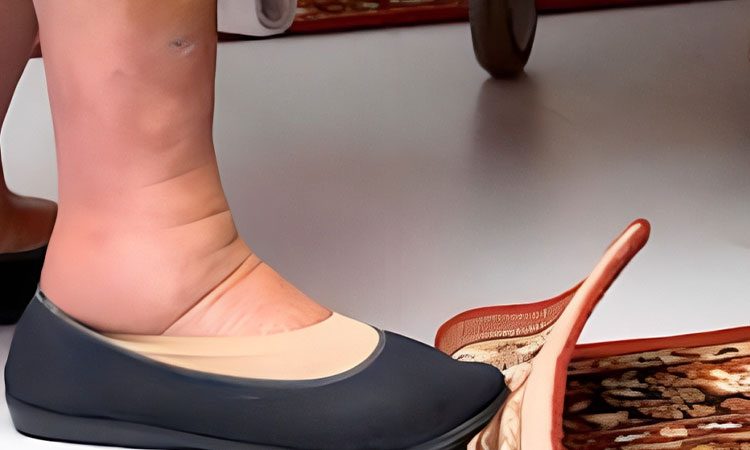
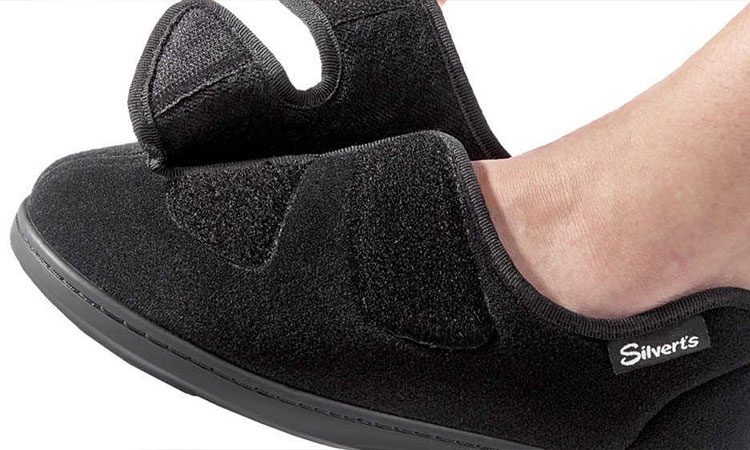
Although carpets are good for maintaining temperature, they can often be a direct cause of falls in the elderly. It only takes a little lack of attention to get your foot caught under the edge of a rug, which can potentially lead to a fall. It is therefore recommended to remove all unnecessary rugs and wear slippers indoors to avoid getting cold feet and to be able to move around safely on smooth floors.
Adapt your home to your needs with the right aids
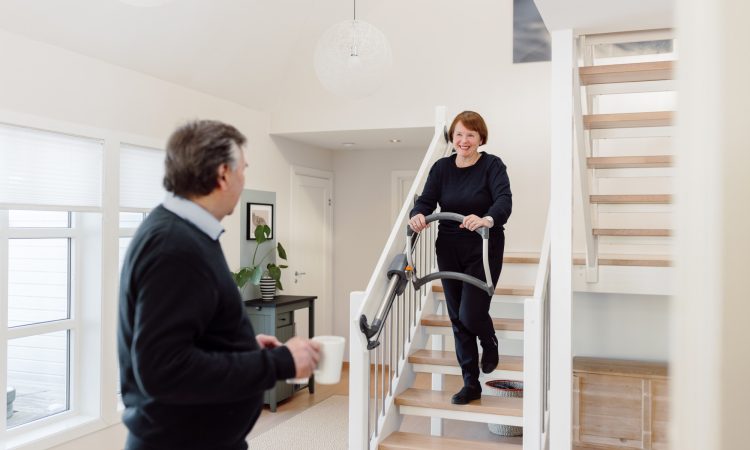
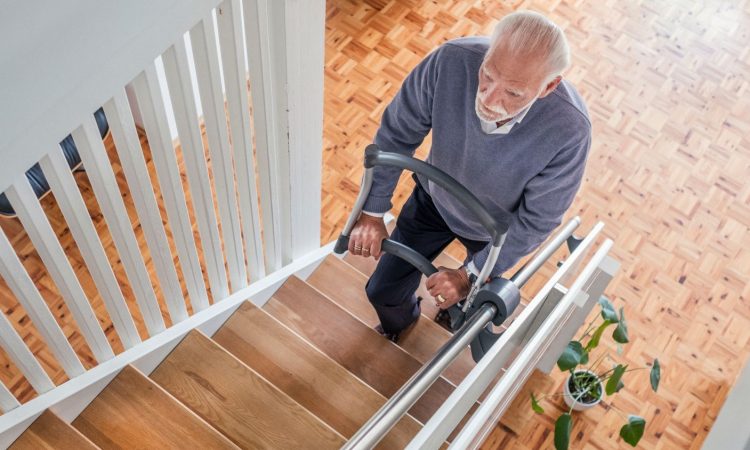
Stairs are the place in the home where the consequences of a fall are absolutely the highest. Every year, around 600,000 people in Germany are injured by falls on stairs, often leading to serious consequences such as hip or femoral neck fractures.
Fortunately, there are solutions that make it safer and easier to use the stairs in your own home. The TOPRO Step stair assistant developed in Norway is a kind of "stair rollator" that serves as fall protection and supports climbing stairs in your own home.
Read our information on grants and cost coverage for TOPRO Step under the following link: Information on subsidies and cost coverage.
TOPRO Step information video
Why choose TOPRO Step?
Installation in 3 steps
To carry out an on-site inspection and receive a quote, make an appointment with us. Once you have accepted the quote, we will carry out the installation, which usually only takes a few hours. .
TÜV tested and certified
TOPRO Step is TÜV-tested and certified and meets all functional and safety requirements.
Adaptable to your staircase
TOPRO Step is designed so that it can be easily adapted to your staircase. It can be installed on straight stairs, curved stairs and stairs with a landing.
Fits perfectly in any home
Ask your health insurance company about the possibility of cost coverage or possible subsidies. Please note that these options are country-specific and individual.
Up to 5 years warranty
TOPRO Step means TOPRO quality. When you buy a TOPRO Step, you receive a guarantee of up to 5 years.
Over 2,000 satisfied users
We measure success by satisfied customers, which is our top priority. We already have over 4,000 satisfied users throughout Europe.
Choose your TOPRO Step
Configure your TOPRO Step - in just a few steps!
Get in touch with us
Would you like a free inspection or a no-obligation quote? Contact us and we'll take care of the rest.
Do you have any questions or would you like to test the TOPRO Step stair climber?
Would you like to find out more about the financing options for the TOPRO Step?

